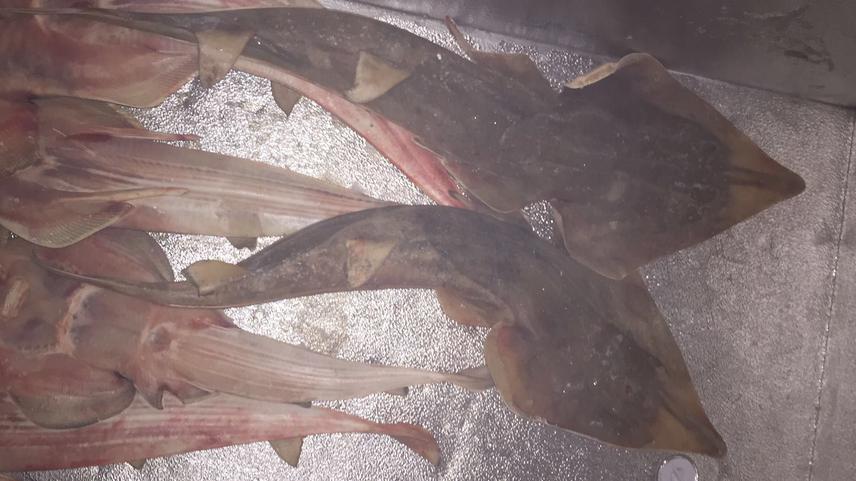Elizabeth Grace Tunka Bengil
Other projects
20 Apr 2015
Can Opportunistic Sampling Provide Information for Conservation of Sharks and Rays? Chondrichthyans Population Genetics and Breeding Ecology in Turkish Seas
18 Aug 2016
Is Opportunistic Sampling Enough? Shark and Ray Population Genetics and Bioecology in Eastern Mediterranean, Turkey
The results of my previous Rufford projects identified lagoons as breeding or nursery grounds for critical elasmobranch species in Turkish waters. In the light of project' outputs, the question "why and how important are estuaries for elasmobranch species in the eastern Mediterranean?" arose. Four large estuaries (along the north Aegean to the eastern Mediterranean) will be studied to answer this question.
With the question in mind, and the previous project’s opportunistic methodology effectiveness, proposed project will provide critical information to implement conservational and management strategies for the elasmobranch species in a habitat that is mostly overlooked for these species.

A breeding and nursery ground for blackchin guitarfish in the eastern Aegean Sea, the eastern Mediterranean (Gediz Lagoon, Izmir, Central Aegean Sea) was identified. © Elizabeth Grace Tunka Bengil.
The objectives of the study are to:
(i) boost already established network of communication with fishermen, who use the estuaries and its surroundings by conducting field visits and conduct questionnaires.
(ii) collect local ecological knowledge (LEK) on the species and raise awareness by providing information on the species,
(iii) determine the species highest bycatch rate fishing gear and season according to survey outputs and participate in high catch rate gears fishing operations for observation to try to identify important areas for these species, and time and space-related species changes with capture rates, and
(iv) use satellite images and meteorological data to monitor the changes of abiotic factors around estuary areas and therefore to try to identify possible habitats.
The results of this study are expected to contribute to the evaluation of existing bans on sharks and rays by including lagoon areas and estuaries, and, to the conservation action and management plans that are likely to be established on these species.
Knowledge on there “arrival or disappearance” of a species is important for their population’s robustness, especially as a gene pool for genetical biodiversity. Besides previous projects touched this subject and pointed out where this project will only focus to estuary habitats in a broader aspect, try to understand for which species lagoons are a habitat and how, why, or when. What makes this study exceptional is the approach of protecting species by generating as much information as possible on species without increasing the threats to shark and ray species that utilizes the lagoons and estuaries.